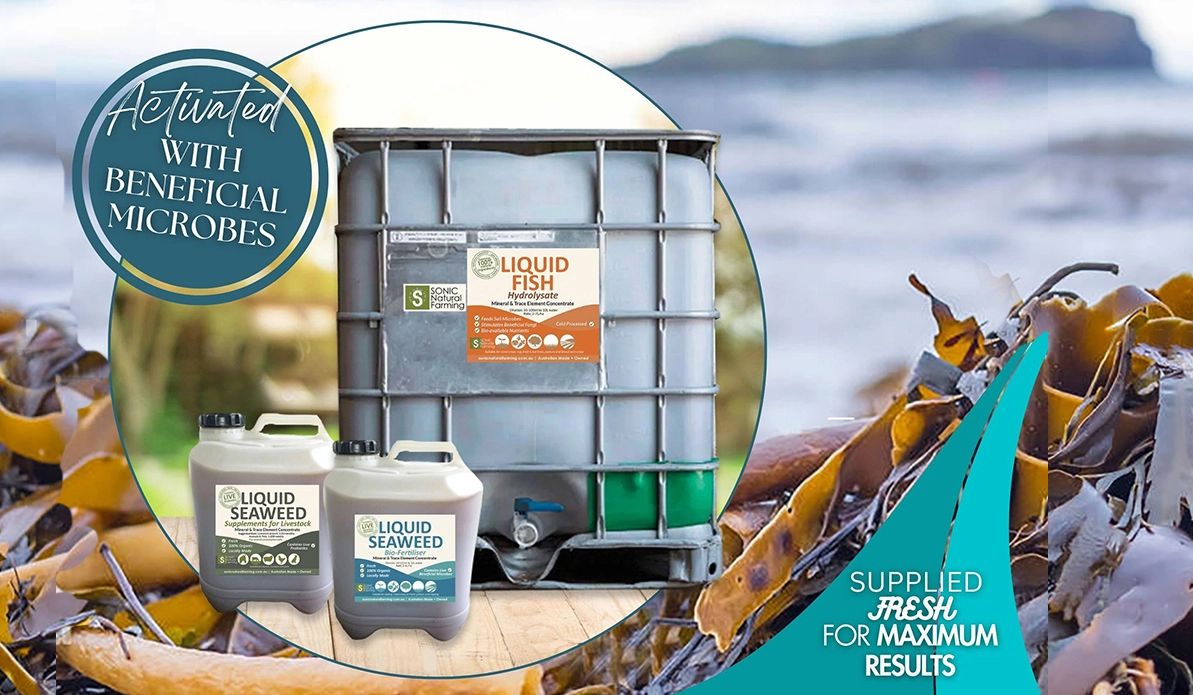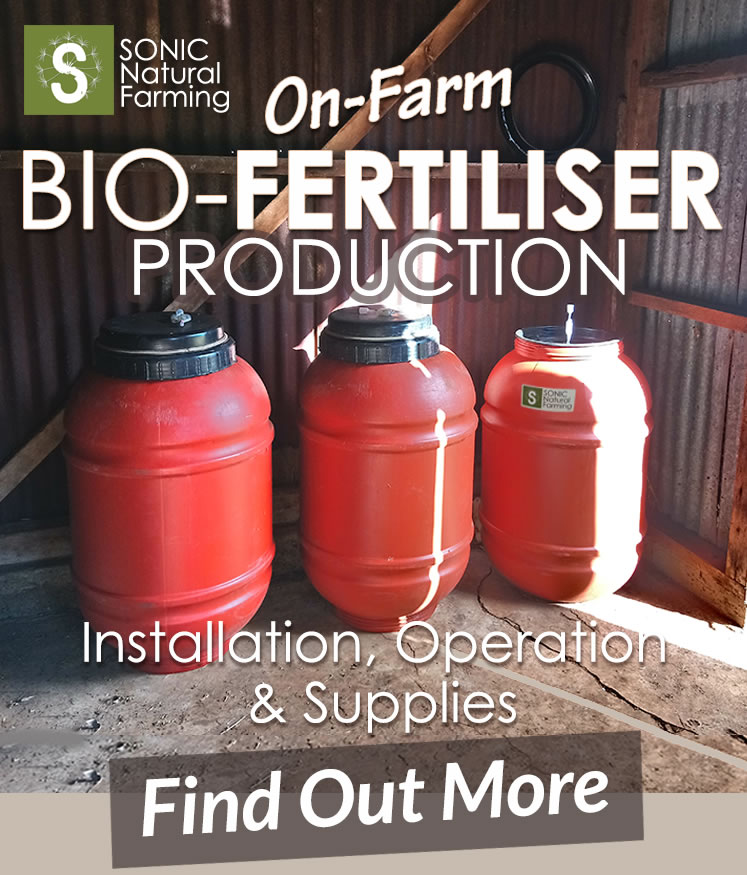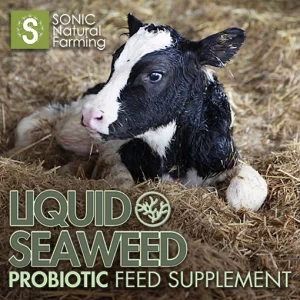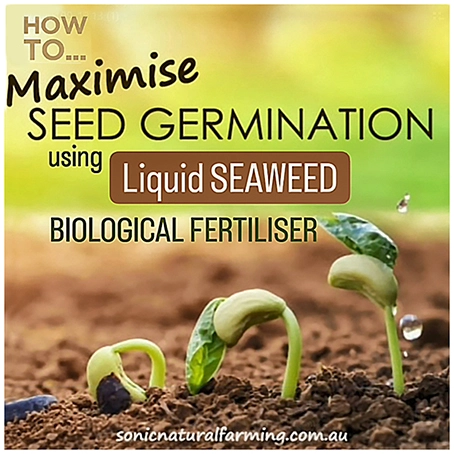Farmers often face significant challenges when trying to fertilise their land, especially when the soil is too boggy from heavy rains or when newly sown seeds are just beginning to grow.
Wet conditions can make it difficult for traditional machinery to access the fields without causing damage, and risk harming the delicate new growth.
In such scenarios, farmers may find that contracted drone services, or unmanned aerial vehicles (UAVs), used to facilitate drone fertiliser spraying, can provide a practical, and efficient solution, and in this article, we explore 8 reasons why.
1. Drone Spraying Reduces Soil Compaction
One key advantages of drone spraying is the reduction of soil compaction. When fertiliser is applied manually or with heavy machinery, the weight and movement of the equipment can compact the soil. This compaction reduces the soil’s porosity, making it harder for air, water, and plant roots to penetrate. Over time, compacted soil can become less fertile and more difficult for crops to thrive.
In contrast, drone spraying applies fertiliser from the air, avoiding direct contact with the ground. This aerial application method lowers the risk of soil compaction, preserving the soil’s healthy structure and optimising conditions for plant growth, which can lead to improved soil health and better growing conditions for crops.
Drone fertiliser spraying helps maintain the long-term productivity and sustainability of agricultural land
The decrease in soil compaction on the land makes drone fertiliser spraying an increasingly attractive option for farmers and growers seeking to boost crop yields through efficient, low-impact fertilisation techniques.
2. Contracted Drone Spraying can be Economical
When it comes to the application of fertilisers on farms, utilising a contracted drone spraying service can often be more economical than the capital investment, maintenance, and operational expenses associated with owning farm equipment.
The upfront costs of purchasing and maintaining specialised spraying equipment can be substantial for individual farms. In contrast, outsourcing this task to a drone service provider allows farmers to access the necessary technology and expertise without the burden of ownership.
The drone service company absorbs the costs of the equipment, and maintenance, passing on the savings to the farmer
Additionally, the operational expenses of running farm equipment, such as fuel, labour, and storage, can quickly add up. Drone services streamline the application process, often completing the task more efficiently and with less manpower required. This translates to reduced operational costs for the farmer.
By leveraging the capabilities of drone technology and the expertise of a specialised service provider, farmers can optimise the cost-effectiveness of their biological fertiliser application, allowing them to focus on other critical aspects of their operations.
SONIC Liquid Seaweed Biofertiliser sprayed by drone over cattle pastures, owned by Troy and Deb in Thora, NSW. Spraying occurred immediately after drone spreading 1,320 kg of seeds, and it took approx. 5hrs to apply 1,000L over 20 ha. Drone operated by JDS Drone Pasture Solutions. (Above image).
3. Drone Spraying is Speedy & Efficient
Drone spraying can cover vast areas of farmland, orchards, and other cultivated lands with remarkable speed and precision.
One of the key advantages of drone spraying is its sheer efficiency
Drones can supply up to 20 hectares of spray per hour for farmland and 4 hectares per hour for orchards. This means that large-scale operations can be completed in a fraction of the time required by traditional ground-based methods.
Moreover, drones can deliver up to 1.5 tonnes of fertilisers, seeds, or other agricultural inputs per hour. This makes them an invaluable tool for farmers and growers who need to cover extensive areas quickly and accurately.
The use of drones in agricultural spraying not only improves productivity but also reduces labor costs and minimises the environmental impact of traditional spraying methods. By precisely targeting specific areas, drones can optimise the application of fertilisers and inputs, reducing waste and ensuring more efficient resource utilisation.
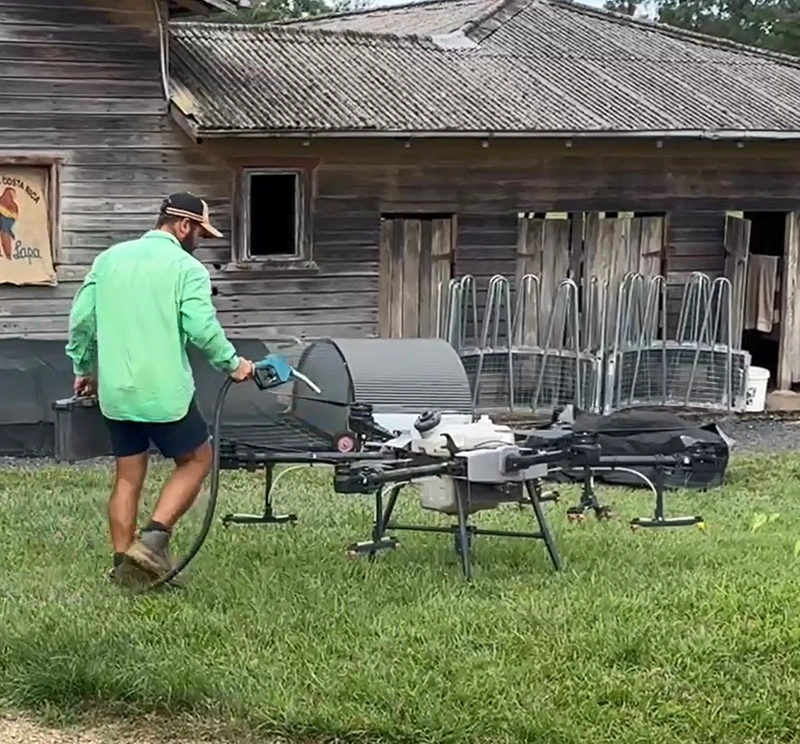
Damien from JDS Drone Pasture Solutions refilling UAV with Liquid Seaweed Biofertiliser. (Above image).
4. Timely Drone Spraying for Optimal Productivity
Drone-based fertiliser spraying offers farmers a powerful tool to boost crop health and elevate productivity. By precisely targeting crops with timely applications, drone spraying can address potential disease threats before they gain a foothold, minimising crop stress and maximising yields.
The ability to rapidly deploy drone sprayers allows farmers to respond quickly to changing conditions in the field, applying nutrients or treatments exactly when and where they are needed most. This precision helps to optimise resource usage, reduce waste, and ensure the healthy development of crops throughout the growing season.
Leveraging the aerial perspective and advanced sensors of drones, farmers can identify problem areas and monitor the impacts of their interventions in real-time. This data-driven approach empowers more informed decision-making to continually refine and improve crop management strategies.
5. Drones Help Overcome Accessibility Issues
Drones offer a unique advantage over traditional tractor-based methods, by allowing farmers to access areas that may be difficult or dangerous for larger ground-based equipment.
One of the key benefits of using drones for biological fertiliser spraying is the ability to improve accessibility
Drones can navigate tight spaces, traverse uneven terrain, and reach remote areas that would be challenging or even impossible for tractors to access. This translates to more thorough and precise application of the fertilisers, ensuring that all the areas required, receives the necessary nutrients.
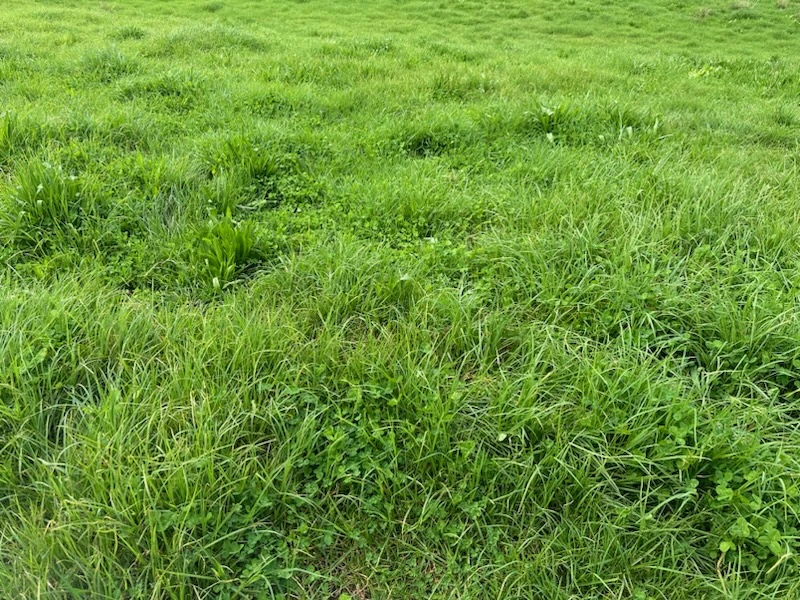
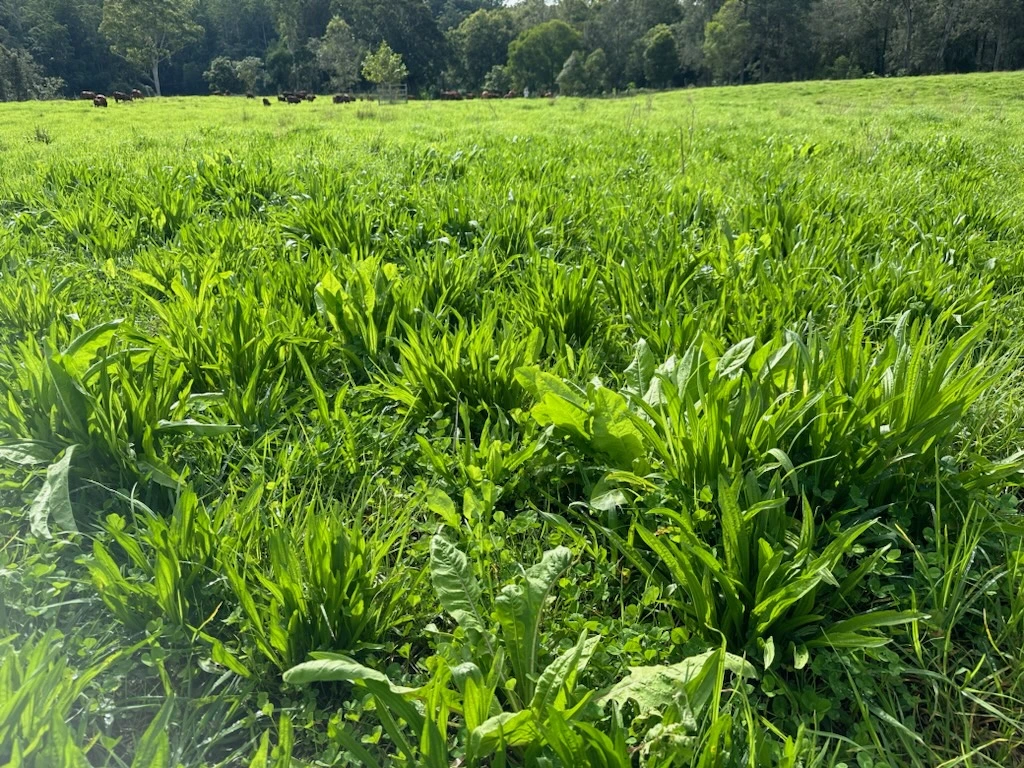
Pastures at Thora, NSW, 10 days after drone seeding and spraying with Liquid Seaweed Biofertiliser. (Above 2 images).
6. Drones Can Spray Newly Planted Crops
Newly planted crops are delicate and vulnerable, requiring careful attention to ensure their healthy growth. Traditional fertiliser application methods that involve heavy machinery can often lead to trampled seedlings and damaged young growth. However, drone technology has opened up new possibilities in agricultural practices.
By using UAVs to apply fertilisers, farmers can deliver essential nutrients to their crops without the risk of damaging the tender plants. Drones can navigate precisely between rows, targeting the areas that need nourishment while avoiding sensitive sections. This can be a huge advantage when using Biological Fertilisers to boost early plant growth.
This approach offers several benefits for newly planted crops;
1. The lightweight drones prevent soil compaction and preserving the integrity of the seedbed.
2. The aerial application ensures even and thorough coverage, delivering the right amount of fertiliser.
3. The non-invasive nature of drone spraying minimises disturbance to the young growth, allowing the crops to thrive, and receive liquid nutrients, without interruption.
7. Drones Use Less Energy than Traditional Machinery
Drones have a lower energy consumption compared to traditional agricultural machinery. They are compact, operate on electric power, and require less energy to cover the same or even larger areas. This makes them a more efficient and environmentally-friendly option for tasks like fertiliser spraying.
Drones can precisely target specific areas, reducing the amount of fertiliser needed, minimising waste and runoff
Their electric motors are quieter and produce fewer emissions than diesel powered equipment. Additionally, their lightweight design requires less energy to operate, further improving their sustainability.
8. Drones Have Multiple Agricultural Uses
Drone operators are increasingly being utilised for agricultural tasks such as;
- Fertiliser Spraying
- Seeding
- Crop Health Monitoring
- Spot Spraying
- Aerial Mapping
Drones offer a precise and efficient method for applying fertilisers and seeds across large areas of farmland.
Through the use of specialised spraying equipment and GPS-guided flight paths, drone operators can ensure even and targeted distribution of fertilisers, helping to maximise spraying accuracy.
Similarly, drones can be equipped with seed dispersal mechanisms to automate the seeding process. Drones can cover fields rapidly and deposit seeds with greater uniformity than manual labour. This can save time and reduce the physical strain on agricultural workers.
The financial viability of drone-based fertiliser spraying will depend on the specific needs and conditions of your agricultural operation. If you are facing challenging landscapes or conditions, then carefully evaluating the costs and potential benefits of drone fertiliser spraying can help determine if this technology is a worthwhile investment for your farm.
Disclaimer:
The information in this article is for general guidance and not professional advice—always consider your individual circumstances or consult with a professional before making decisions. For more details, please review our full Disclaimer.
At SONIC Natural Farming, we’re committed to helping Aussie farmers easily access organic inputs, at the same time as saving big!
SONIC On-Farm Production Services minimise transportation costs. Plus, by reusing storage containers on the farm, farmers can reduce plastic waste and packaging expenses, saving even more.
But that’s not all—SONIC Production and Training Programs empower farmers to produce their own Biological Solutions using the most eco-friendly and cost-effective supply option available in Australia today.
Want to see how we can help you beat the high cost of fertiliser?




